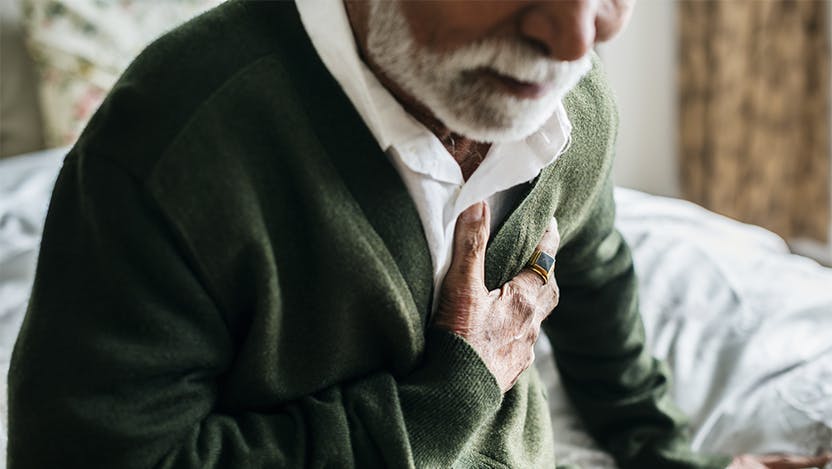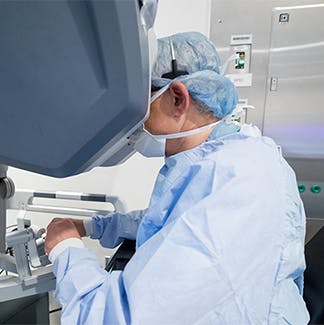What are the symptoms of a heart attack?

Heart disease is the leading cause of death in America, killing about 610,000 men and women each year and accounting for one out of every four deaths. Recognizing the symptoms of a heart attack and acting quickly for medical care, could save your life or the life of a loved one.
More than half of all deaths from heart attacks happen outside of a hospital setting, according to the American College of Cardiology Foundation.
What are the signs of a heart attack?
Signs and symptoms of a heart attack include:
- Chest pressure
- Pain located in the chest, shoulder blades, jaw and arms (one or both)
- Awakening from sleep with discomfort
Other associated symptoms are:
- Nausea
- Vomiting
- Perspiring
- Extreme fatigue
- Palpitations
- Lightheadedness
- Shortness of breath can also be a sign
Early symptoms of a heart attack are often ignored because the individual or bystander may not feel it is important enough to be checked out right away, according to Barb Ferrari, Heart Health Coordinator at University of Chicago Medicine Ingalls Memorial Hospital. People often feel they are too busy to go to the doctor or will do their best to “tough it out” and tolerate discomfort and pain.
“Listen when your body is trying to tell you something,” Ferrari said. “If more people could recognize the warning signs and signals of a heart attack and act quickly by calling 9-1-1, the heart attack victim stands a greater chance of survival."
What to do if you have heart attack symptoms
Always call 9-1-1 or head to the hospital, said Ingalls Chest Pain Coordinator Trish Martinez, BSN, RN. When someone is having an active heart attack, medical teams have only six minutes to defibrillate them or restore normal heart rhythm through an electrical shock.
What can cause a heart attack?
Heart attacks are typically caused by blocked arteries that, in most cases, can be corrected with a balloon inflation. “Plaque is made up of fatty deposits, cholesterol, calcium and other by-products that clog an artery. Like a pipe, your artery can become clogged over time,” Martinez said.
How to treat a heart attack
Ingalls Memorial is accredited as a Chest Pain Center by the American College of Cardiology and offers a higher level of expertise in treating patients who arrive with symptoms of a heart attack.
“We have many levels of professionals from our EMS teams and our emergency department staff to our cardiology, cardiac catheterization lab staff, pharmacy and cardiac rehabilitation departments meeting stringent quality metrics,” Martinez said. “They work hard to minimize damage and heal a broken heart. Ingalls can solve the immediate issue and coach the individual into improved health for their particular cardiac status.”
How to prevent heart attacks
Heart disease affects people of all races, genders and ages starting in the mid-30s. According to the American Heart Association’s “Life’s Simple 7” campaign, you can all reduce risk for heart disease by making small changes in seven areas: getting active, choosing heart-healthy foods, losing weight, controlling cholesterol levels, managing blood pressure, controlling blood sugar levels, and quitting smoking or avoiding secondhand smoke.
Ingalls offers several programs to help people learn how to adopt healthy eating and exercise regimens to reverse the effects of heart disease, including the Healthy Lifestyles Weight Management course at the Flossmoor Family Care Center beginning this August. A registered dietitian teaches the class, which includes fitness education, a grocery store tour, a cooking demonstration and stress management techniques. Call 708-915-8850 to register.

Heart and Vascular Center
From advanced diagnostic technology to minimally invasive treatments and robotic surgery, the University of Chicago Medicine can provide the full scope of care for any type of heart or vascular disorder in adults and children.
Explore our Heart and Vascular Center